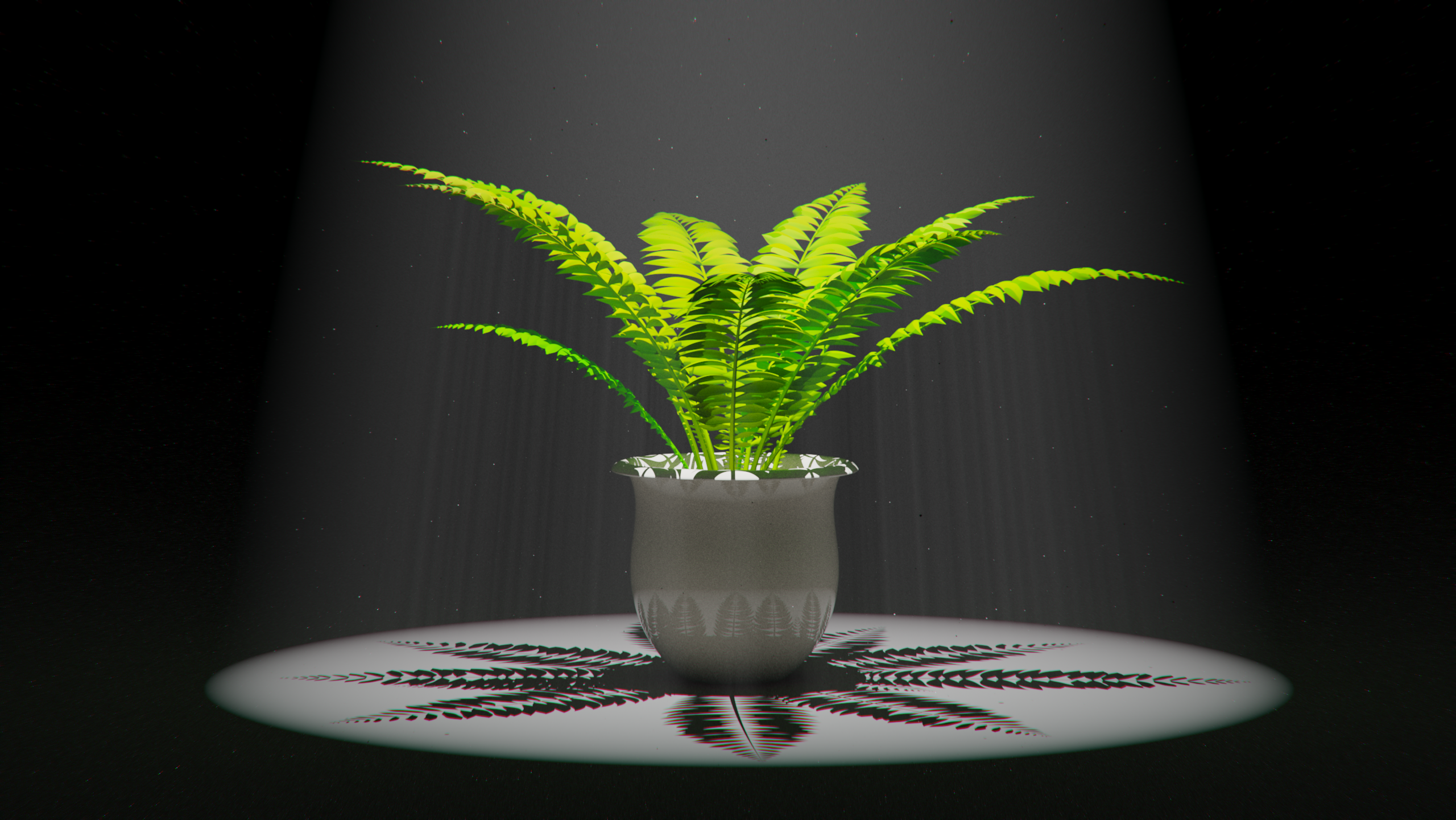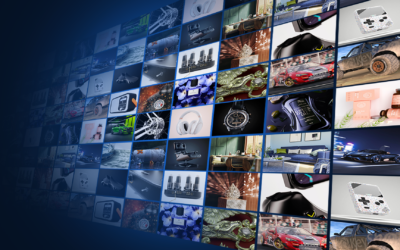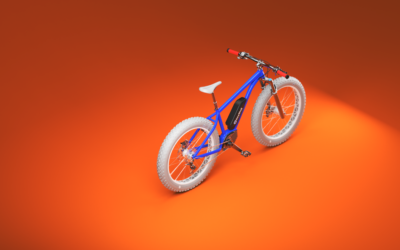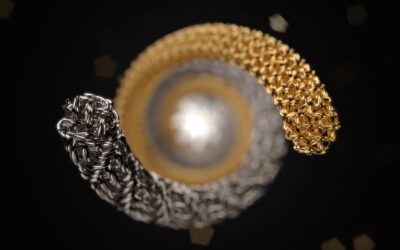KeyShot has an array of lighting capabilities from simple drag-and-drop HDRI lighting to physical lights, along with lighting presets to get you started and a Light Manager to make controlling your scene lighting easy. KeyShot also has rich volumetric lighting capabilities that allow you to create light rays (god rays) or lights shining through a hazy scene. Today, we’ll show how it’s done using KeyShot’s Scattering Medium and Spotlights.
Create Light Rays in KeyShot
Whether it’s rays of light passing through an exposed window, a stray beam illuminating a neglected furniture piece, or fast-moving vehicles headlights piercing the darkness of night, volumetric lighting can produce incredibly dramatic effects that help better tell the story of your scene. Let’s take a look.
To get started creating volumetric lighting in KeyShot, you’ll first want to consider the composition of your scene – the subject to highlight, where the rays are coming from, how noticeable you want the rays to be. To demonstrate this, we’ll use a Spotlight to give you a basic understanding of the process, then show you two ways you can use this same concept to create more complex scenes.
1. Isolate the Model
In our example scene, the house plant is isolated and prominent with no other details in the background. This is a great method for creating hero shots that illuminate your subject and call attention to details such as surface texture or material properties.
To create this type of composition, you’ll first want to place your subject in the center of your scene and add a Ground Plane (Edit, Add Geometry, Add Ground Plane or Ctrl+G) to give your subject a surface to sit on.
2. Add Spotlight
Next, add a Spotlight (Edit, Add Light, Spotlight or Shift+4) and move it above your object. Adjust the Spotlight parameters to your needs. (Note: If using KeyShot 9 or prior, you will need to first add a piece of geometry to your scene and then apply a Spotlight material from the Materials tab to create a physical spotlight.)
3. Add the Volume
With the light set, go to the Library window, Models tab and add a piece of geometry (like a Sphere or Cube) by double clicking on it. Then, scale the geometry up or down to encompass the entirety of the cameras view as necessary.
4. Apply the Scattering Medium
Now, switch to the Materials tab and drag and drop a Scattering Medium Fog material. Another quick way to apply the Scattering Medium is to double-click the geometry, which puts you into the Project window, Material tab, and change the material Type to Scattering Medium. The difference is that the Library material is a preset with Transmission Color set to a neutral grey, while changing the material Type to Scattering Medium will set the Transmission Color to the geometry color.
5. Make It Your Own
With your Scattering Medium now applied and your physical light in place, you’re now ready to finalize your composition. At this point, it’s all about adjusting both your Scattering Medium and Spotlight to create the look you’ve envisioned.
You can create stylized effects by adjusting the Spotlight or Scattering Medium’s Color and you can adjust the intensity of your fog-like effect by adjusting both the Scattering Medium Transparency Distance and Density.
This stage of your scene building comes down to creative expression and preference, so play with these settings until you’ve dialed in the appearance that best fits your needs.
Pro Tip: Enable Multiple Scattering
In the Material Properties for the Scattering Medium, you can also enable Multiple Scattering for a more realistic light scattering effect within the medium, while the Advanced options provide more advanced colorization and lighting control, including how the light particles reflect or absorb your medium’s light using Albedo and Scattering Directionality.
Pro Tip: Dim the Lights
And lastly, to accentuate the light rays and better isolate objects in your scene, ensure your environment is set to pure black, so that the only illuminated element within the scene is the subject under the spotlight. Do this by going to the Project window, Environment tab and setting Brightness to 0.

Advanced Application for Volumetric Lighting

In this scene, the same concept of spotlighting through scattering medium has been used to call attention to the motorcycle’s headlights and taillights, while at the same time giving the scene context in terms of the environment it might currently be in. Not only does it create a dramatic composition, but it evokes a feeling that we are currently viewing the bike in a dark, hazy environment, perhaps a city street, or parked in some dark back alley, illuminated by a nearby light.

This interior scene demonstrates a more subtle effect. It uses a physical light to cast light through an open window creating a sunlit effect, while the Scattering Medium helps add a moodier undertone to the composition.
In both, the volumetric lighting helps to elevate the story and mood of what would otherwise be a relatively plain scene, while allowing the viewers imagination to engage more deeply with the visual they’re looking at.
You can learn more about the Scattering Medium and other advanced materials in the KeyShot Manual. If you’re interested in trying KeyShot Pro, just visit portal.keyshot.com/try/keyshot.
What Can You Create?
We would love to see what you create with this tip. Visit the KeyShot Amazing Shots forum to see what others are creating and share your own work. And if you have a suggestion for another tip share it in the comments below.







0 Comments